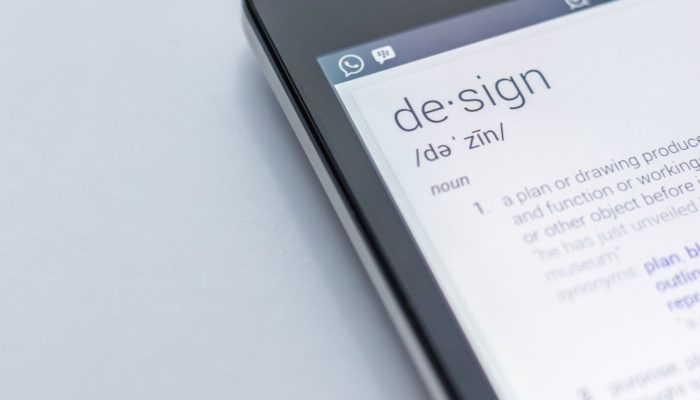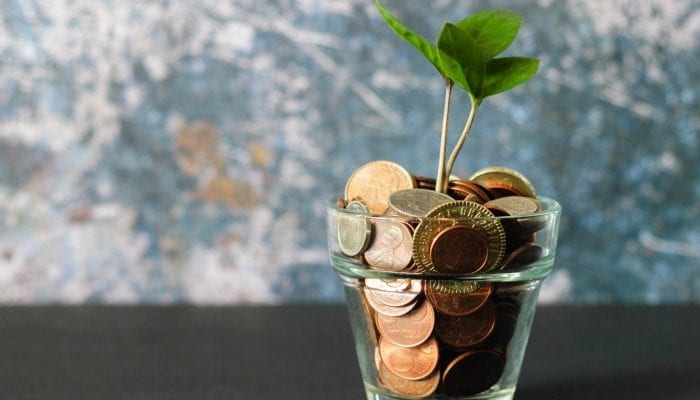If you’re reading this, the chances are high that you live in relative wealth. Of course, many people might have more than you – a bigger home, a faster car, luxury foods, better education, and more devices. But many, many people also have less than you. They lack a home, lack a car, lack food, lack access to education, etc. They belong to the 85% of the world’s population living in poverty today.
How Do You Define Poverty
But what does poverty even mean? How do you define it? The world’s different economies all have a different standard of poverty, as the living standard and prices in each country differ. However, generally speaking, you can define it as living below $30 a day, and extreme poverty on living on less than $1.90 a day. 700 million people still live in that extreme conditions today. This number is huge, but it’s a lot lower than it was in the past. The global poverty rate is improving, but a lot still needs to be done.
The Challenges of Poverty
Solving poverty is the Sustainable Development Goal number 1 of the United Nations. Why? Because a lot of the other SDGs go into this challenge. For example, if you don’t live with a lack of money:
- you have better access to good education (SDG 4)
- you can afford nourishment and housing (SDG 2 & 11)
- you can take care of your health (SDG 3)
So on the one hand, solving this issue will spread out and improve the lives of many people in very fundamental ways. On the other hand, because of poverty’s connection to the other SDGs, it also becomes a vicious circle. The greatest challenge of poverty is that it keeps victims locked in poverty because of their poverty. The best way out of poverty is a good education, but because a poor person won’t be able to afford it. Consequently, escaping the situation is extremely difficult. Poor people are not poor because they want to; they are poor because their circumstances force them to. Watch this very personal story of how poverty can be inherited:
Poverty is a big challenge to tackle that can feel overwhelming. But luckily, a lot of improvement has been implemented in the last centuries. In 1982, for example, 1.94 billion people lived in extreme poverty. That’s a lot more than the 700 million we have today. It still isn’t acceptable, but we are improving the situation globally.
But what still needs to be done? To answer that question, let’s look at the hotspots of poverty. One of these is Africa. Of the 700 million people living in extreme poverty, 430 million are from Sub-Saharan Africa – that’s more than 50%. Other hotspots include South Sudan, Equatorial Guinea, Madagascar, Eritrea, and the Democratic Republic of Congo, where the poverty rate is between 70-85%.
The Solutions to Poverty
Many of the poorest countries are marked by political instability, armed conflict, natural disasters, and environmental stresses (draughts for example). How do you develop the systems and structures needed to support those trapped in poverty, when your nation is being torn apart by conflict, disasters, and instability? And more importantly, what can you do as a changemaker to solve those underlying issues?
Poverty emerges when there is an unbalance in power: When some people have more power, rights, and opportunities because other people’s power, rights, and opportunities have been diminished. So an obvious place to start in order to reduce poverty is to empower those without power. If structures and systems get democratized and freely accessible, these people have the chance to change their circumstances.
Many initiatives focus on this, developing new and more accessible ways to lend money, start your own business, get an education, and more. Even without our pirate community, a lot of solutions have been developed that tackled the issue of poverty:
- Radiocation: was developed during the #beapirate challenge 2021 and hopes to give every child access to education via radio, an affordable but still highly effective method that would enable kids without access to a nearby school to be educated.
- SoBrick: was also born during the 2021 #beapirate challenge. This idea gives homeless people the possibility to collect trash and turn that into bricks to build homes. Creating a safe space for one’s family is a major step towards leaving poverty behind.
- RevGro: won the #beapirate challenge 2020. The idea is to fight agricultural poverty by providing farmers with a more efficient and less labour intensive method of tending to their crops.
In each of these cases, the power is returned to the disempowered. They are given the opportunity to take their life into their own hands, without having to wait for the government or society at large to provide them with the infrastructure and systems they need. This is creating stability one step at a time, and may thus help create stability on a national scale too, step by step.
Equity For All
The future must be one where everyone has the same opportunities and can create the life they want in harmony with the environment. In order for this to become true, we need to act together and make choices that support those in need. When you go shopping, for example, you can make sure to buy fairtrade and from local farmers. And when you throw away items, you can donate them instead.
Poverty is a global problem needing global help. We are all required to support those in need if we want our future to be build on equity. #thinkbig pirates! We can do it!


